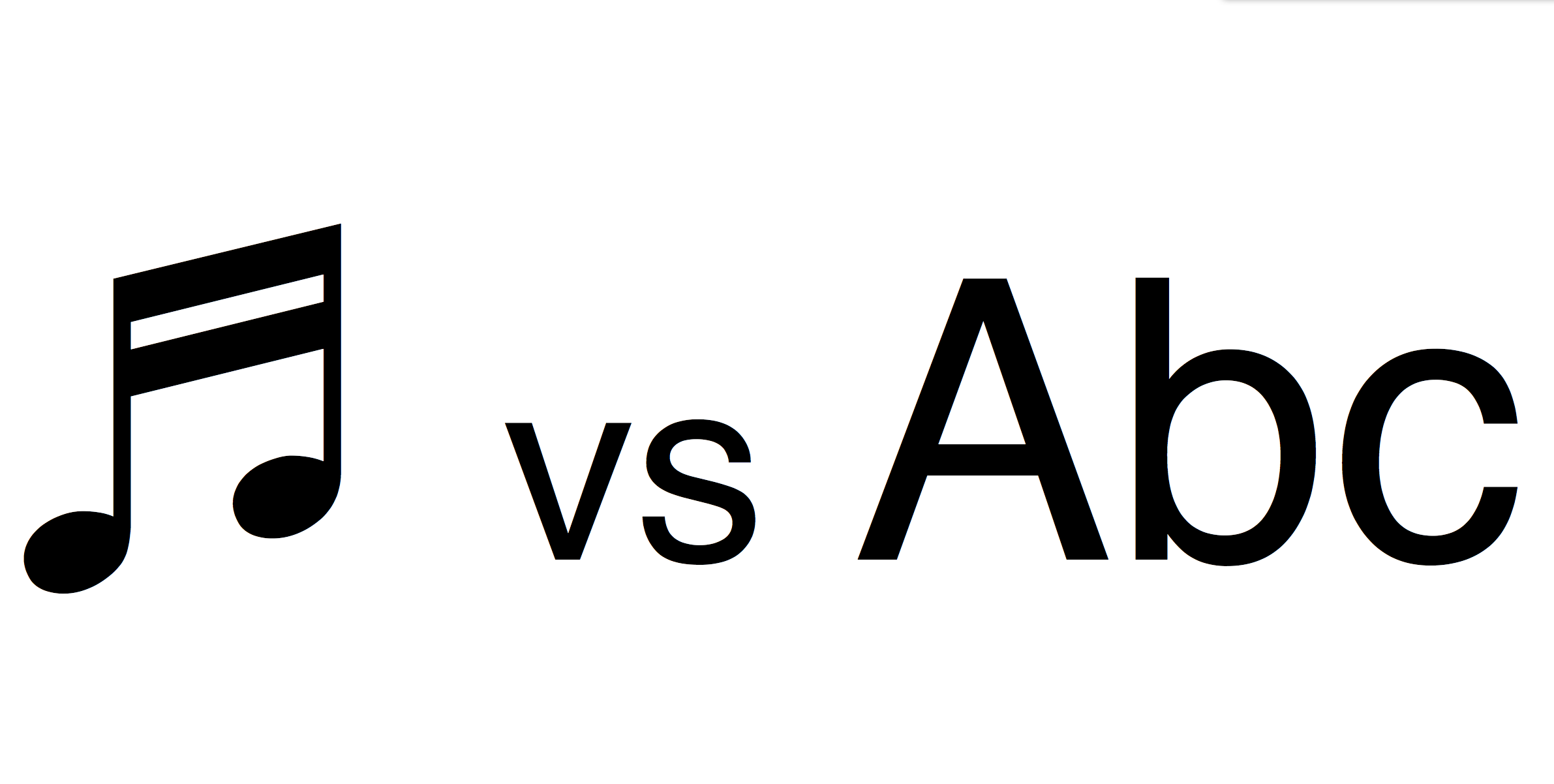To a lot of listeners there are just two parts to a song: the music and the lyrics. This is enough of a truism that they named a Hugh Grant movie after it, Music & Lyrics, in which the hapless hero writes amazing music but needs help crafting the words which will bring his songs to life…
So which comes first? Many songwriters find it a “chicken and egg” problem, not knowing whether to start by crafting a set of lyrics and then setting them to music, or to come up with a killer riff or chord progression and see what words it might inspire.
Which is more important? The words or the notes?
Music Comes First
 A purist might say that it all hinges on the music. In the classical era, music was predominantly instrumental. There were of course choral works too, but the majority of music which has stood the test of time from that age are the orchestral works, the instrumental concertos, the solo pieces.
A purist might say that it all hinges on the music. In the classical era, music was predominantly instrumental. There were of course choral works too, but the majority of music which has stood the test of time from that age are the orchestral works, the instrumental concertos, the solo pieces.
Music can move us in ways no other medium can, and without the aid of any fiddly words. In fact, abstract musical sound can be so beautiful and moving it can seem almost tacky to explicitly spell out a song’s meaning in words.
Wordless music can appeal across traditional boundaries of gender, country, race, religion, language, in a way that lyrics simply cannot.
And with the sheer variety of instruments, styles, arrangements, tempos, audio effects and sound generators available to the modern musician, there’s no end to the aural possibilities.
Who needs words?
Lyrics Come First
 A song without music… Well, that’s a poem. And there’s certainly no need to convince anybody of the potential beauty and power of poetry, surely? From Kipling and Yeats to Sylvia Plath and Spike Milligan, poets have long possessed a power to move and inspire, enlighten and excite the reader.
A song without music… Well, that’s a poem. And there’s certainly no need to convince anybody of the potential beauty and power of poetry, surely? From Kipling and Yeats to Sylvia Plath and Spike Milligan, poets have long possessed a power to move and inspire, enlighten and excite the reader.
Take a powerful set of lines from an expert wordsmith and you can set them to a simple set of chords, a basic ambient drone, or… silence! The very fact that the words work well in isolation means that any music you add is a bonus. Perhaps it can decorate and improve, but fundamentally it’s the words that shine through.
Plays, novels, poems, great speeches. Even that memorable conversation you had with a close friend: it’s words that have the power to move us, broaden our horizons and get us excited about life.
Who needs music?
A happy symbiosis
As powerful as words can be, we have to acknowledge that for the majority of pop songs, the lyrics alone will fall short of breath-taking. Take this classic example:
And I was like…
Baby, baby, baby oooh
Like baby, baby, baby nooo
Like baby, baby, baby oooh
I thought you’d always be mine (mine)
But then the same can be said for stripping a song of its words. So many pop songs are simple chord progressions without any real instrumental inspiration that with the lyrics removed you wouldn’t have an awful lot left to cling to. You only need to listen to a karaoke backing track when nobody’s singing to realise this!
So there are arguments in both directions…
In biology, symbiosis is the term for when two organisms co-exist in a way that helps both of them. Sometimes it’s even the case that neither can survive without the other.
Could the same be true of music and lyrics?
You Decide
The official line when it comes to splitting royalties and money is still the same as it has been for decades – 50% for the melody and 50% for the lyrics. But do you think that this is a fair representation of the elements that make up a song today?
With the emergence of more and more styles of dance and electronic music isn’t it time we re-evaluated the way we think about songs?
What Makes a Song?
Once the recording and arrangement is stripped down, we need to take a look at what parts need to stay to make it still work as a whole. Would “Brown Eyed Girl” really be the same without that prominent bass line?
A friend of mine faced a difficulty recently, as some of her band members were asking for royalties to the songs as they had eachwritten their own instrumental parts. Fair point? The problem is that if the instrumentalist is replaced on a later recording, then the original band member will still be given money for the later recordings that they have absolutely nothing left to do with. Complicated, huh?
Looking at dance and electronic music specifically, it is often hard to draw the line between an individual track with added production qualities (in which case the producer gets none of the songwriting royalties) or a collaborative work, where a producer will work with a singer to create the track between them. Judging the weight of each person’s input is incredibly subjective.
Listen Closely
Listen to these tracks – which elements do you think make up the bare bones of the song, and which do you think are simply arrangement or mixing?
Lamb – Cottonwool
This track is a favourite of mine, and for me this band encompasses what it means to really collaborate. The vocals are very prominent, and form a song-like structure, but the production elements in the track are impossible to ignore and provide a lot of creative elements that make the track what it is.
How do you think the credit for this track should be split?
The Chemical Brothers – Swoon
Although this track is entirely written by the chemical brothers themselves it is an interesting one to look at what elements make it work as a track. There are vocals within it providing a strong hook line, and certainly they form part of the track, but how much? The vocals really seem to take a bit of a back seat in this, leaving way for the array of other sounds that are produced in the track.
How would you split royalties for this one?
No Simple Answer?
As you can see from these examples, working out what makes a song is much more difficult than the 50/50 melody/lyrics split. So how can it be done?
Is there any simple equation that could be drawn up to make this easier?
Listen closely at home to your favourite tracks and ask yourself “Which elements could I not do without?” Maybe then you will find the real song behind the recording.







